Dane Hillard - Practices of the Python Pro
Here you can read online Dane Hillard - Practices of the Python Pro full text of the book (entire story) in english for free. Download pdf and epub, get meaning, cover and reviews about this ebook. year: 2020, publisher: Manning, genre: Computer. Description of the work, (preface) as well as reviews are available. Best literature library LitArk.com created for fans of good reading and offers a wide selection of genres:
Romance novel
Science fiction
Adventure
Detective
Science
History
Home and family
Prose
Art
Politics
Computer
Non-fiction
Religion
Business
Children
Humor
Choose a favorite category and find really read worthwhile books. Enjoy immersion in the world of imagination, feel the emotions of the characters or learn something new for yourself, make an fascinating discovery.
- Book:Practices of the Python Pro
- Author:
- Publisher:Manning
- Genre:
- Year:2020
- Rating:3 / 5
- Favourites:Add to favourites
- Your mark:
Practices of the Python Pro: summary, description and annotation
We offer to read an annotation, description, summary or preface (depends on what the author of the book "Practices of the Python Pro" wrote himself). If you haven't found the necessary information about the book — write in the comments, we will try to find it.
Professional developers know the many benefits of writing application code thats clean, well-organized, and easy to maintain. By learning and following established patterns and best practices, you can take your code and your career to a new level.
With Practices of the Python Pro, youll learn to design professional-level, clean, easily maintainable software at scale using the incredibly popular programming language, Python. Youll find easy-to-grok examples that use pseudocode and Python to introduce software development best practices, along with dozens of instantly useful techniques that will help you code like a pro.
Purchase of the print book includes a free eBook in PDF, Kindle, and ePub formats from Manning Publications.
About the technology
Professional-quality code does more than just run without bugs. Its clean, readable, and easy to maintain. To step up from a capable Python coder to a professional developer, you need to learn industry standards for coding style, application design, and development process. Thats where this book is indispensable.
About the book
Practices of the Python Pro teaches you to design and write professional-quality software thats understandable, maintainable, and extensible. Dane Hillard is a Python pro who has helped many dozens of developers make this step, and he knows what it takes. With helpful examples and exercises, he teaches you when, why, and how to modularize your code, how to improve quality by reducing complexity, and much more. Embrace these core principles, and your code will become easier for you and others to read, maintain, and reuse.
Whats inside
- Organizing large Python projects
- Achieving the right levels of abstraction
- Writing clean, reusable code Inheritance and composition
- Considerations for testing and performance
About the reader
For readers familiar with the basics of Python, or another OO language.
About the author
Dane Hillard has spent the majority of his development career using Python to build web applications.
Table of Contents:
PART 1 WHY IT ALL MATTERS
1 The bigger picture
PART 2 FOUNDATIONS OF DESIGN
2 Separation of concerns
3 Abstraction and encapsulation
4 Designing for high performance
5 Testing your software
PART 3 NAILING DOWN LARGE SYSTEMS
6 Separation of concerns in practice
7 Extensibility and flexibility
8 The rules (and exceptions) of inheritance
9 Keeping things lightweight
10 Achieving loose coupling
PART 4 WHATS NEXT?
11 Onward and upward
Dane Hillard: author's other books
Who wrote Practices of the Python Pro? Find out the surname, the name of the author of the book and a list of all author's works by series.

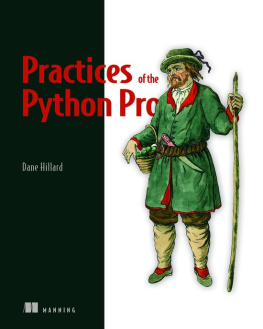
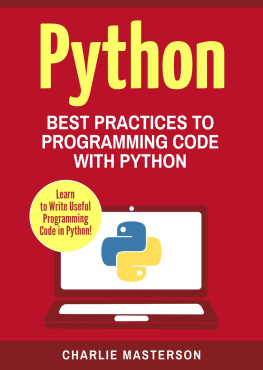

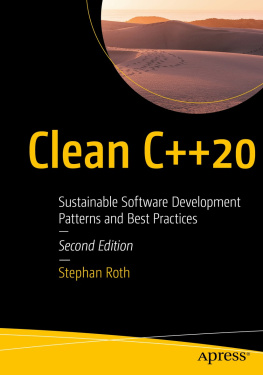
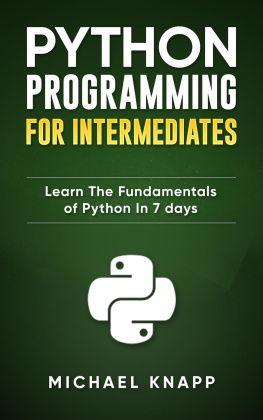
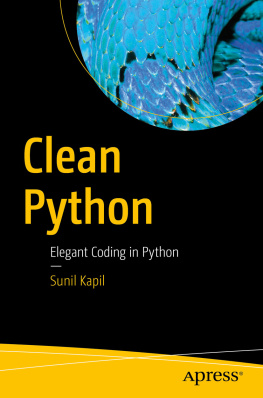
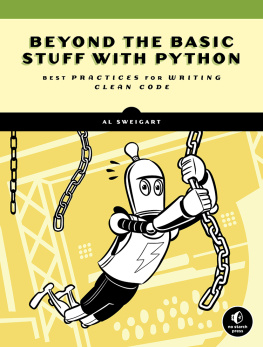
![Joannah Nanjekye [Joannah Nanjekye] - Python 2 and 3 Compatibility: With Six and Python-Future Libraries](/uploads/posts/book/124063/thumbs/joannah-nanjekye-joannah-nanjekye-python-2-and.jpg)


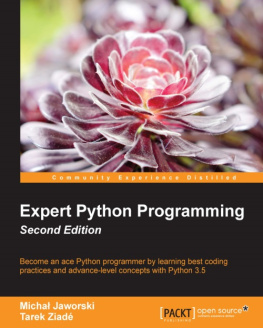


 Recognizing the importance of preserving what has been written, it is Mannings policy to have the books we publish printed on acid-free paper, and we exert our best efforts to that end. Recognizing also our responsibility to conserve the resources of our planet, Manning books are printed on paper that is at least 15 percent recycled and processed without the use of elemental chlorine.
Recognizing the importance of preserving what has been written, it is Mannings policy to have the books we publish printed on acid-free paper, and we exert our best efforts to that end. Recognizing also our responsibility to conserve the resources of our planet, Manning books are printed on paper that is at least 15 percent recycled and processed without the use of elemental chlorine.